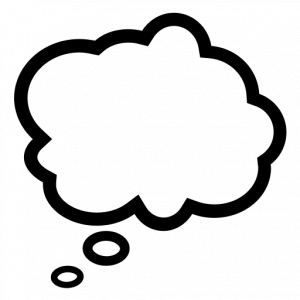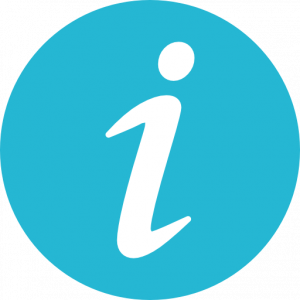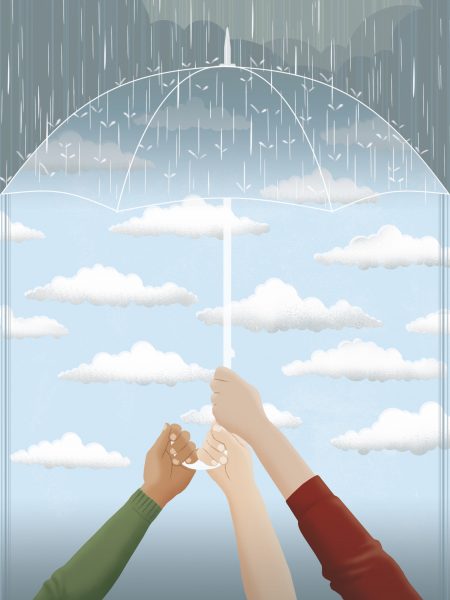Chapter 6: Finding Credible Sources
Information Collection
In the last chapter, you learned about how to develop research questions. You may be wondering what to do after you’ve crafted a research question or two.
In this chapter, you will learn about the different types of scholarly communication, and understand when to use each type. Searching for information can be overwhelming, but it doesn’t have to be! Knowing where to start your search can be challenging. That’s why you’ll learn about options of where to start your information searches, and be introduced to specific information search techniques to make the information search process as smooth as possible.
After you narrow your topic and develop a research question, you need to find information sources that will support your claim, thesis, and argument(s) you’re making. This process involves searching for sources, reading or skimming the sources for relevancy, and deciding which ones to include in your paper. Reading and selecting a wide variety of literature will help you develop a solid research argument. For example, when you search for information to use in your paper, your search should also include perspectives that may not align perfectly with your claim – these alternative perspectives can help you think critically about the topic and help strengthen your claim, when you respond to the ideas in your writing.
Knowledge and information about a topic can evolve and change quickly as new research is published. As we search for information to back up our research arguments, it is important to select information that is accurate and current. As you browse through information sources, to determine their relevance to your writing project, you need to consult a variety of sources (e.g., authors, publications, institutions, etc.) that support and challenge your claims and ideas. When you consult a variety of sources, you are contributing to the accuracy of information sharing. Scholarly writers seek to avoid sharing inaccurate, incomplete, mis-leading, and out-of-date information. It can be challenging to determine what is a credible source and what is not – this is why it is important to evaluate a source before we decide to include it in our writing.
It is common to gather more resources than you end up using in your paper. The information sources you find during your initial information searches (which may be very broad at the beginning) can come in handy when you want to present counter arguments or alternative perspectives. You will read more on this in Chapter 8 – Making a Research Argument. Keep in mind that you may need to conduct multiple information searches, because your research question and argument may change as you engage with more information sources about the topic.

Questions for Reflection
- What past experience do you have conducting information searches? These can be related to your interests and hobbies.
- Did you have any challenges during these experiences? If so, try to identify them (it will be helpful to keep these in mind while you read through the chapter).
Media Attributions
- info © roundicon is licensed under a CC BY (Attribution) license
- We Are Safe Together © Oreste Vinciguerra is licensed under a CC BY (Attribution) license
- evaluate © Freepik is licensed under a CC BY (Attribution) license
- paper © Freepik is licensed under a CC BY (Attribution) license
- Think © Kirby Wu is licensed under a CC BY (Attribution) license
Something that is academic in nature.
Something that is trustworthy and reliable.





